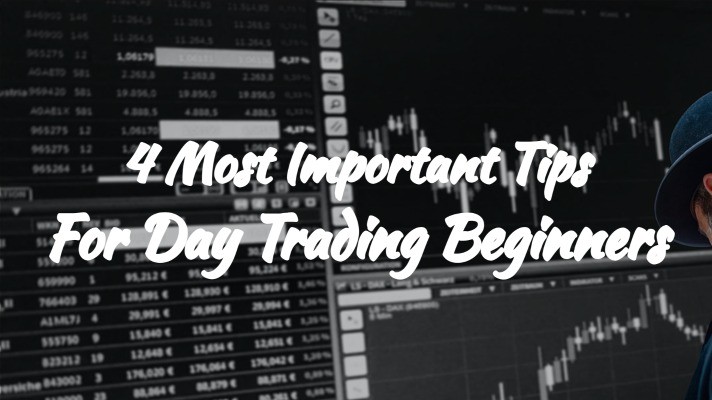CFD stands for a contract for difference. CFD trading is a form of derivative trading that allows traders to trade based on the fast movement in prices of financial instruments like shares, commodities, currencies, and indices.
CFD trading allows traders to trade by opening a contract between them and a broker, instead of opening a position on the market directly. With CFD trading, traders don’t buy or sell the physical instrument but a specific number of units of the particular asset depending on whether they expect the prices to go up or down.
There are multiple benefits of CFD trading. The most significant advantage of CFD trading is that it is margined and leveraged. The additional benefits of CFD trading include the ability to sell if the trader thinks the prices will go down and the ability to buy if the prices are expected to rise. There are other tax-related advantages of CFD trading as well. There is no stamp duty to be paid, making CFD trading tax-efficient.
Due to the several advantages of CFD trading, many traders prefer to use CFDs for speculating in the financial markets compared to other instruments for trading. CFDs are also used by traders to hedge their positions against an existing physical portfolio. For instance, if a trader has a long open position on a stock that is causing losses, he can open a position on the same stock in the opposite direction, with the help of a short CFD.
Thus, compared to the traditional methods of trading, CFD trading has several benefits. It is, however, true that trading CFDs is riskier than trading shares. Also, since CFD trading is easily accessible and does not require a lot of capital, it may be subject to over-trading. Despite a few risks and disadvantages associated with CFD trading, the benefits of CFD trading outnumber the disadvantages and make it a better form of trading.
Benefits of CFD Trading: Use of Margin and Leverage
The most significant benefit of CFD trading is that traders can trade CFDs on margin. CFDs are leveraged, which means that traders only need to deposit a small percentage of the trade to open a contract. This lets traders start trading with low initial capital.
The leverage provided by CFD trading is higher than traditional forms of trading. The leverage used to as high as 50:1; however, with time and with increasing regulations, the leverage has reduced to a range between 30:1 and 2:1. Higher leverage means a higher return on investment, although the risks get magnified too.
For example, if a stock has an asking price of $25 and a trader buys 100 shares, the cost of the transaction will be $2,500. In the case of traditional trading, where brokers require at least a 50% margin, the trader will have to make an initial deposit of $1,250. On the other hand, for CFD trading, with a 5% margin, the trader will only have to make an initial deposit of $125. Thus, trading on margin allows more efficient use of funds as traders do not need to invest in the full value of the shares. Trading on margin is, therefore, one of the most important benefits of CFD trading.
Benefits of CFD Trading: Ability to trade both long and short easily
Another critical benefit of CFD trading is that traders can gain from both rising and falling markets. The basic premise of CFD trading is not around the ownership of financial instruments; instead, it is based on the movement of prices of the instruments. Selling of CFDs is equally simple as buying and the process for both is the same. Therefore, traders can benefit from both buying and selling.
Before the introduction of CFDs, if traders had to go short on a position, they had to involve stockbrokers who would charge fees. However, with the advent of CFDs, taking short positions has become as easy and convenient as taking long positions. In fact, traders receive interest on their short CFD positions. CFD trading helps to eliminate the compulsion of borrowing the assets before shorting them as traders do not own the underlying assets.
Thus, a significant benefit of CFD trading is that traders are not restricted to opening positions only in a specific type of economic condition. There is increased flexibility of trading in both bull and bear markets, with equal ease and convenience, and traders simply need to forecast the rise or fall in prices.
As a bottom line
CFD trading is a modern and more sophisticated form of trading wherein traders trade in prices derived from the underlying assets, rather than the underlying assets themselves. Along with the above-mentioned benefits of CFD trading, it offers liquidity, low transaction costs, and tax-efficiency. CFD traders do not need to pay commissions, fees, or stamp duty. At the same time, traders can also use CFD trading as an effective hedging instrument.







